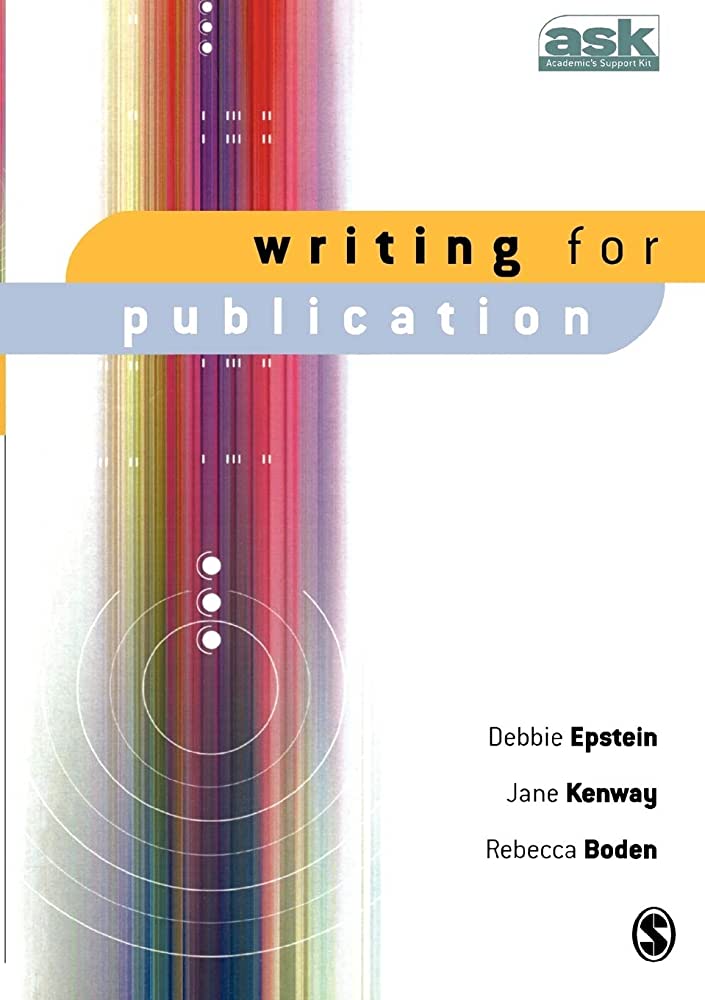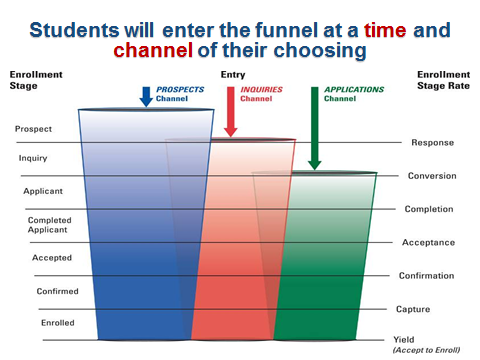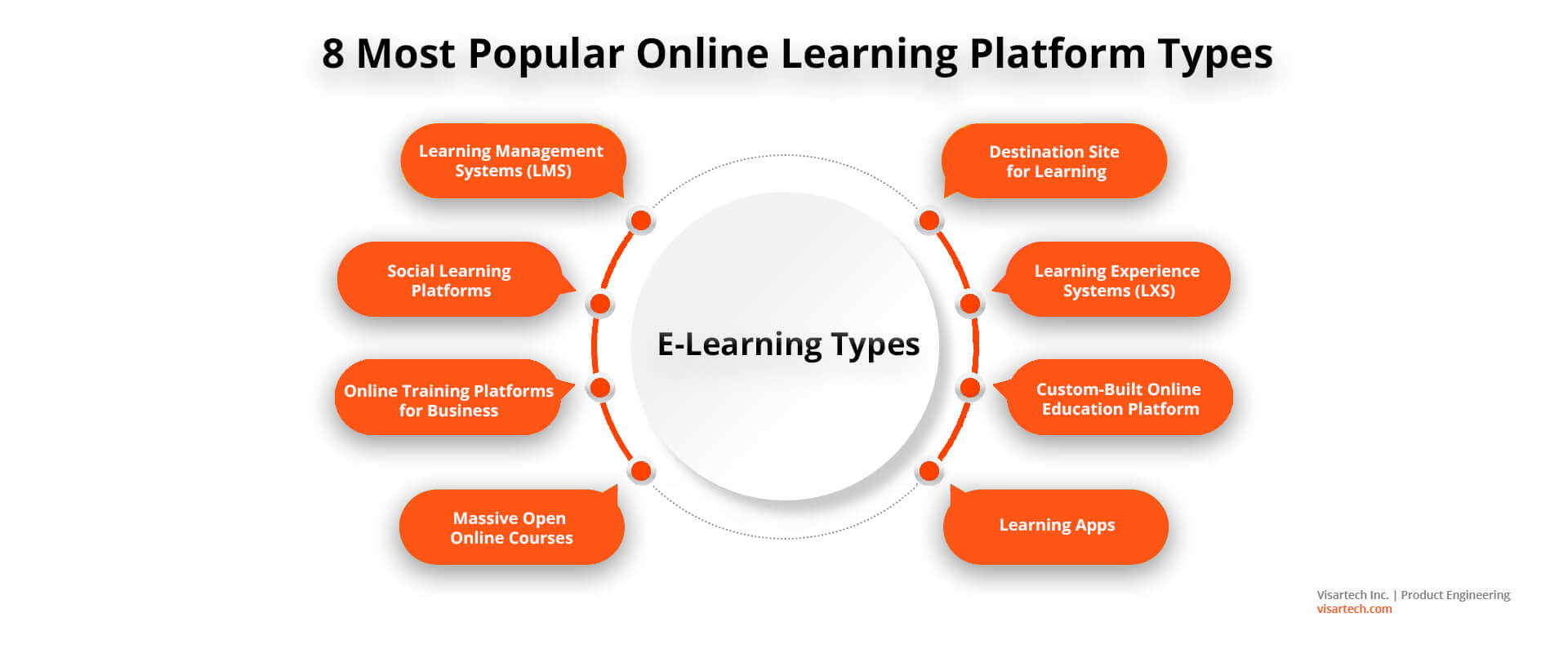Navigating the Academic Publishing Maze – Tips for Success in Education
For those in the academic field, publishing research is a crucial aspect of career growth and recognition. However, navigating the publishing process can be a daunting task, especially for beginners. In this blog post, we will outline some tips for success in academic publishing, which will help you optimize your chances of success.
1. Identify a Relevant Topic:
The first step in publishing research is to select a relevant topic. Ensure that your research question is specific, noteworthy, and capable of making a meaningful contribution to the field. Additionally, your research should be aligned with the objectives, aims, and scope of the academic journal.
2. Know the Journal:
Once you have identified the topic, research the academic journals that align with your research and expertise. Familiarize yourself with the journal’s targeted audience, publishing timelines, formatting guidelines, and citation styles.
3. Write a Compelling Abstract:
An abstract is a brief summary of your research study, which outlines the purpose, methodology, results, and implications of your study. A well-crafted abstract will pique the reviewer’s interest and enhance your chances of acceptance.
4. Follow Formatting Guidelines:
Formatting is pivotal in academic publishing as it enhances the readability and coherence of your research. Ensure that you strictly adhere to the journal’s formatting guidelines for text, tables, figures, references, etc. This can range from the use of a specific citation style such as APA, Chicago, or MLA, to issues such as font type and size, line spacing, etc.
5. Proofread and Edit:
Before submitting your manuscript, take time to proofread and edit your work. Go through your manuscript several times, check for typographical errors, grammar mistakes, and ensure that your work flows logically, and the sentences are coherent. You can also seek the assistance of a colleague or a professional editor.
6. Address Reviewer’s Comments:
After submission, it is likely that your work will undergo a peer-review process where external experts in your field will provide feedback and comments on your manuscript. It’s imperative that you address these comments and feedback constructively, and revise your manuscript based on the reviewers’ suggestions.
7. Be Persistent:
Lastly, publishing research is often a lengthy process. You may receive rejections, or your work may require extensive revision. Do not lose hope and keep persevering. Be open to feedback and continually improve your work.
In conclusion, academic publishing can be a labyrinthine process with various twists and turns. However, by following the tips outlined in this blog post, you can increase your chances of success in publishing your research. Remember to focus on writing quality work, consistently polish your skills, and be innovative in tackling the research question.











